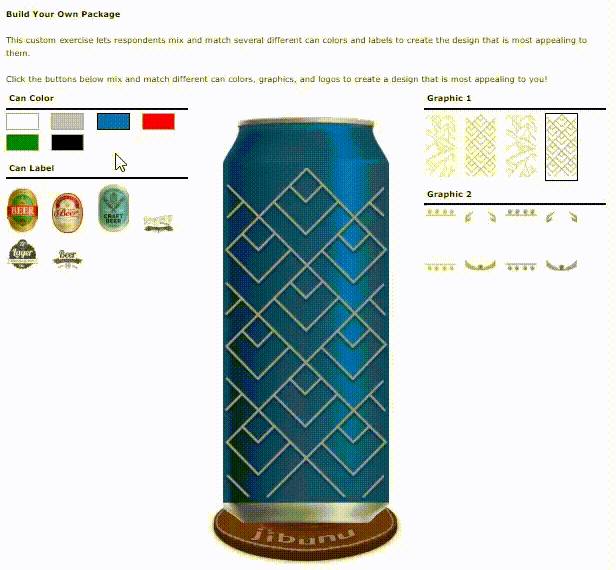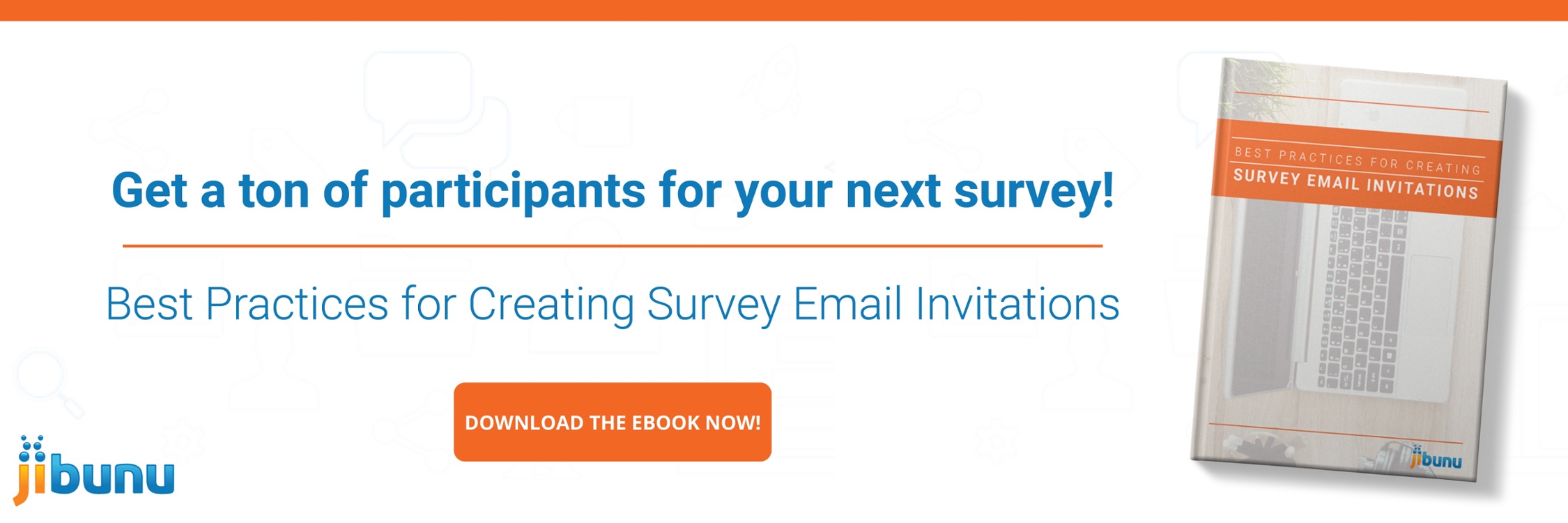Surveys are essential tools for market research, but they can also be a chore to get through when they’re not designed well. If you want someone to answer your survey questions, then the least you can do is provide them with a survey experience that doesn’t actively strain their patience.
With these useful tips, you can create engaging surveys that exude confidence, energy, and fun, creating a memorable respondent experience that will encourage them to complete your surveys and provide you with meaningful data.
Make it Conversational
There are few things harder to read than textbooks. The large blocks of dense text, the empty white space, the small print, the difficult language; they’re not fun to look at or to read. While some people may try and deny it, a poorly designed survey can be just as drab as a textbook, and that’s not good for anyone.
Your survey should be a dialogue between you and the respondent, and above all else, a good dialogue is about being conversational. Focus on writing questions that adopt a casual tone and then frame them in ways that replicate the way you’d talk to someone standing in front of you. The more approachable your language, the more relaxed – and honest – the respondent will be in their answers, meaning better information for you to work with.
So drop the academic-speak and try something different, maybe even something fun. If you need help figuring out what that looks like, then start by using the Hemingway Editor extension, which highlights complicated sentences and words, helping you tailor your writing so it’s direct and simple.
If possible, you can even add humor to your questions to keep things interesting. When done right, humor makes surveys more fun and can compel people to both start and finish them, increasing your number of completes.
Make it Easy
A good survey is a survey that is, quite simply, easy to take. Your questions and writing should be straightforward and the process of taking the survey should follow suit. If there are too many questions, a respondent may drop out halfway, or not even take the survey at all. If there are tedious, derivative questions, then you’re going to lose their interest, damaging the honesty of their answers.
Reading your questions out loud, or to someone in the room with you, can help you avoid this common error. Condense your questions down to the absolute essentials and remember that precision and brevity are always preferable. A complex question may provide the best answers, but if no one reads the question, or gets confused while reading it, their answers, or lack thereof, could spoil your data.
Make it Interactive and Engaging
Traditional surveys can be boring walls of text that no one wants to look at, but an interactive survey adds an electrical boost of energy that can motivate the respondent to finish the survey and maybe even enjoy themselves while doing it.
There are multiple ways you can make a survey interactive, such as embedding multimedia, adding gamification, creating drag-and-drop tools and sliders to let respondents answer questions, and adding other creative and engaging elements. But whatever you do, make sure it improves the respondent’s experience in as many ways as possible.
Make it Unique
In the end, your goal should be to make your survey unique. One way to do this is to take what you are already doing and tailor it for your specific needs or the specific goal of the project. For example, in our Concept & Package Testing Demo we created highlighting/clicking and build your own package exercises to create a unique experience for respondents. If your in-house capabilities are limited, be sure to work with a programming vendor that offers custom development.

Chances are, the people you’re surveying are starved for time and have other matters that require their attention. If you want to get a high response rate, you’ll need to do something that stands out and holds your respondents’ interest. This can mean presenting a fun, energetic aesthetic, optimizing for user interactivity, or just using clever humor. The point is that your respondents should finish your survey, provide good answers, and ultimately, enjoy – or at least appreciate – the overall experience you’ve given them.


